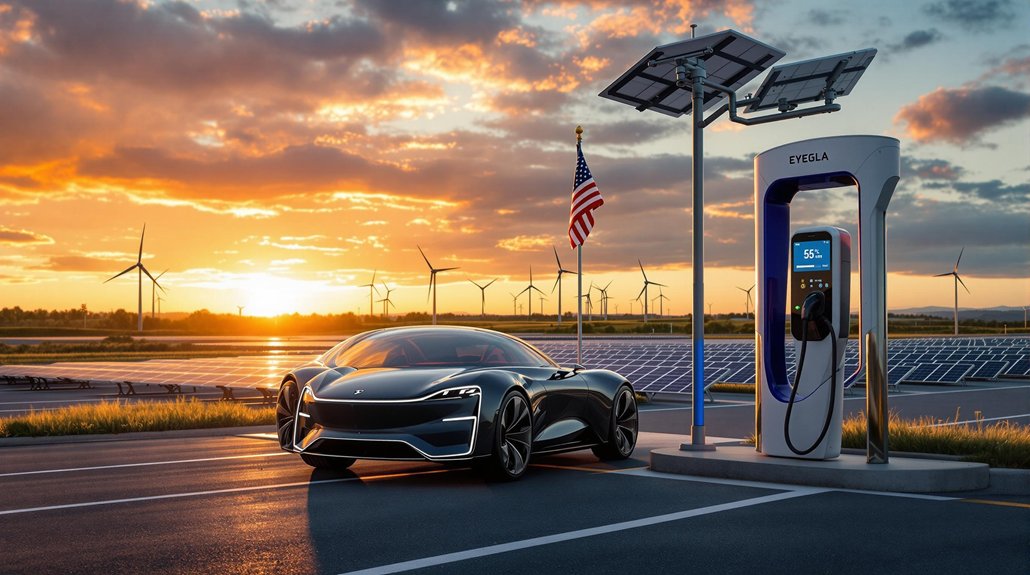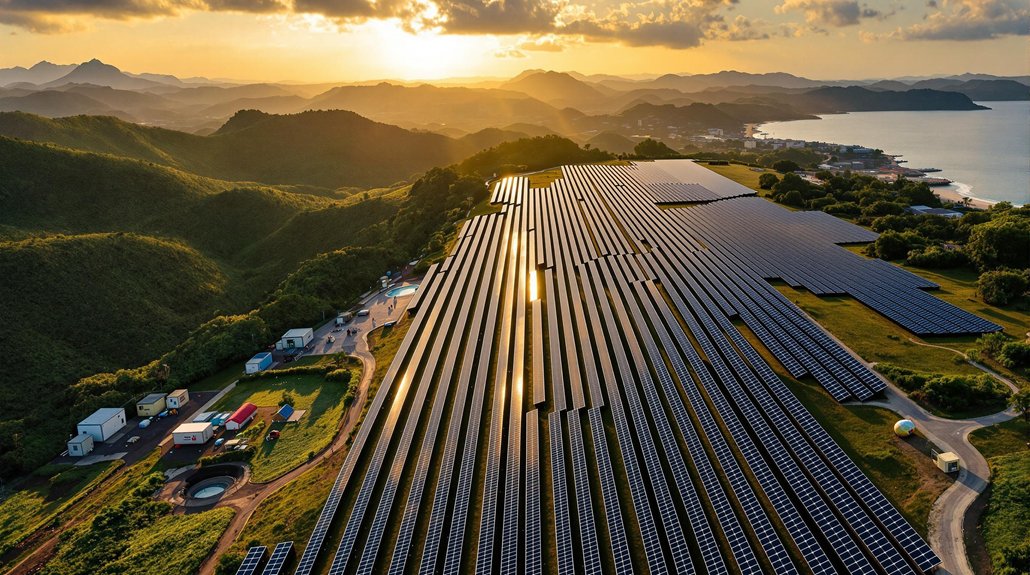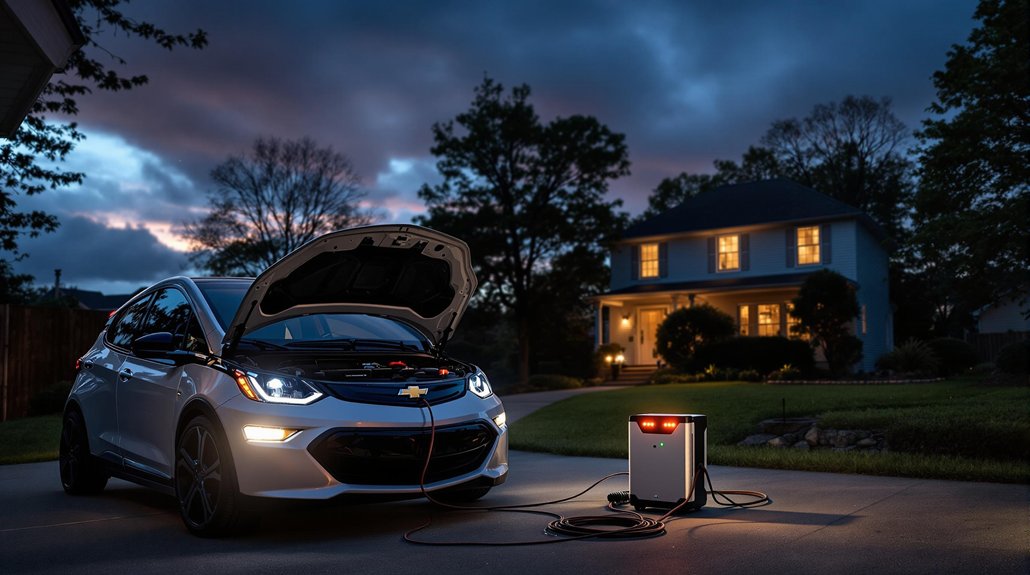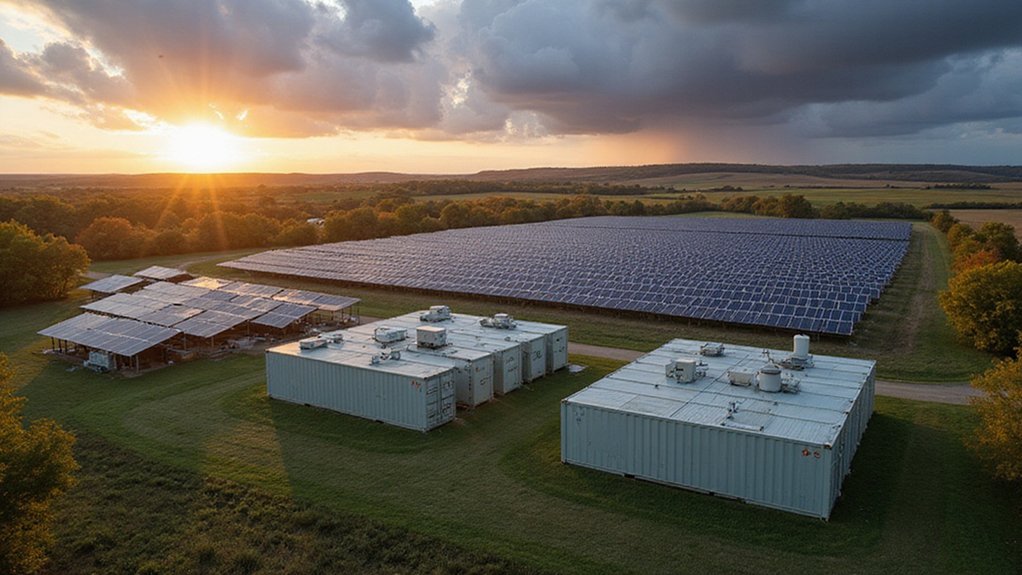President Biden’s climate initiatives have driven EV sales to record heights in 2023. With 1.4 million units sold, representing 9% of all vehicle sales, the market saw a 50% increase from 2022. The Inflation Reduction Act‘s tax credits of up to $7,500 for qualifying EVs helped fuel this growth. Federal investments also support a planned network of 500,000 charging stations by 2030. The manufacturing boom brings promising job creation benefits.
How quickly can America’s roads evolve from gas guzzlers to electric vehicles? That question has a clearer answer now as EV sales reached a record 1.4 million units in 2023, making up 9% of all vehicle sales. This marks a 50% increase from 2022, suggesting President Biden’s climate initiatives are gaining traction.
The Inflation Reduction Act (IRA) has been a key driver, offering tax credits up to $7,500 for qualifying EVs. These incentives aim to help reach Biden’s goal of 50% zero-emission new car sales by 2030. The IRA also provides tax credits for energy-efficient appliances, home solar systems, and heat pumps.
Federal incentives are turbocharging America’s electric transition, with tax breaks for EVs, solar, and efficient home upgrades.
Infrastructure growth is supporting this evolution. The Bipartisan Infrastructure Law allocated $5 billion for a national EV charging network. Plans are approved for all 50 states, D.C., and Puerto Rico, with 500,000 charging stations planned by 2030. An additional $2.5 billion is allocated for alternative fuel vehicle infrastructure, addressing “range anxiety” concerns. Despite substantial funding, the rollout faces challenges as no chargers installed yet from the $7.5 billion infrastructure allocation. The nationwide network will significantly expand from the current 41,400 charging devices available today, with only 5,000 currently capable of fast charging.
Manufacturing has boomed since the IRA’s adoption. Ford received a $9.2 billion loan for battery production, while GM and LG got $2.5 billion for similar projects. These investments are creating hundreds of thousands of new jobs across all 50 states. This investment aligns with research showing renewable energy creates three times more jobs than traditional fossil fuel industries.
The Environmental Protection Agency recently finalized vehicle standards that will cut climate pollution from new cars by half by 2032. These regulations are expected to avoid over 7 billion tons of carbon emissions and generate $100 billion in annual net benefits to society.
However, challenges remain. Some auto dealers report low demand for EVs, and affordability is a concern with the average EV price around $56,000 in 2023. The Alliance for Automotive Innovation supports adjusted EV targets while emphasizing consumer choice.
Despite debates about adoption rates and environmental impacts of production, the average driver is estimated to save $6,000 in fuel and maintenance costs with an EV. As the industry adapts to new standards and market shifts, consumer interest in clean vehicles continues to grow.








